Raw peanuts are not only a popular snack but also a versatile ingredient used in a variety of culinary dishes. From peanut butter to peanut sauces and beyond, the raw peanut is a powerhouse of nutrition and flavor. In this comprehensive guide, we will explore the nutritional benefits, culinary uses, and safety tips surrounding raw peanuts. So, grab a handful of raw peanuts and let’s dive in! Nutritional Benefits of Raw Peanuts: Raw peanuts are nutrient-dense and offer a wide range of health benefits.
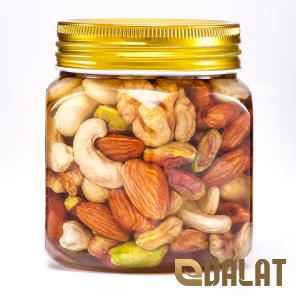
.
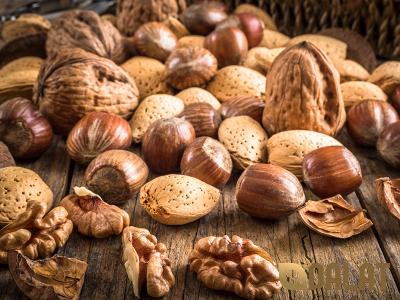 Here are some of the key nutritional benefits of including raw peanuts in your diet: 1. Protein: Raw peanuts are an excellent source of plant-based protein, making them an ideal choice for vegetarians and vegans. Protein is essential for muscle repair and growth, as well as for maintaining overall health. 2. Healthy Fats: Raw peanuts are rich in monounsaturated and polyunsaturated fats, including omega-3 and omega-6 fatty acids. These healthy fats are important for heart health, brain function, and reducing inflammation in the body. 3. Fiber: Raw peanuts are a good source of dietary fiber, which is important for digestive health. Fiber helps regulate bowel movements, promotes satiety, and can help lower cholesterol levels. 4. Vitamins and Minerals: Raw peanuts are packed with essential vitamins and minerals, including vitamin E, niacin, folate, magnesium, and potassium. These nutrients play key roles in various bodily functions, such as immune support, energy production, and bone health. 5. Antioxidants: Raw peanuts contain antioxidants such as resveratrol and flavonoids, which help protect cells from oxidative damage and reduce the risk of chronic diseases like heart disease and cancer. Culinary Uses of Raw Peanuts: Raw peanuts can be enjoyed in a variety of ways, both in savory and sweet dishes. Here are some popular culinary uses of raw peanuts: 1. Peanut Butter: Raw peanuts can be roasted and ground into creamy or crunchy peanut butter. Peanut butter is a versatile ingredient used in sandwiches, smoothies, sauces, and baked goods. 2. Peanut Sauce: Raw peanuts are a key ingredient in many Asian dishes, such as Thai peanut sauce. This savory and nutty sauce is perfect for drizzling over noodles, stir-fries, or grilled meats. 3. Trail Mix: Raw peanuts can be combined with dried fruits, nuts, and seeds to create a delicious and nutritious trail mix. This portable snack is perfect for on-the-go energy.
Here are some of the key nutritional benefits of including raw peanuts in your diet: 1. Protein: Raw peanuts are an excellent source of plant-based protein, making them an ideal choice for vegetarians and vegans. Protein is essential for muscle repair and growth, as well as for maintaining overall health. 2. Healthy Fats: Raw peanuts are rich in monounsaturated and polyunsaturated fats, including omega-3 and omega-6 fatty acids. These healthy fats are important for heart health, brain function, and reducing inflammation in the body. 3. Fiber: Raw peanuts are a good source of dietary fiber, which is important for digestive health. Fiber helps regulate bowel movements, promotes satiety, and can help lower cholesterol levels. 4. Vitamins and Minerals: Raw peanuts are packed with essential vitamins and minerals, including vitamin E, niacin, folate, magnesium, and potassium. These nutrients play key roles in various bodily functions, such as immune support, energy production, and bone health. 5. Antioxidants: Raw peanuts contain antioxidants such as resveratrol and flavonoids, which help protect cells from oxidative damage and reduce the risk of chronic diseases like heart disease and cancer. Culinary Uses of Raw Peanuts: Raw peanuts can be enjoyed in a variety of ways, both in savory and sweet dishes. Here are some popular culinary uses of raw peanuts: 1. Peanut Butter: Raw peanuts can be roasted and ground into creamy or crunchy peanut butter. Peanut butter is a versatile ingredient used in sandwiches, smoothies, sauces, and baked goods. 2. Peanut Sauce: Raw peanuts are a key ingredient in many Asian dishes, such as Thai peanut sauce. This savory and nutty sauce is perfect for drizzling over noodles, stir-fries, or grilled meats. 3. Trail Mix: Raw peanuts can be combined with dried fruits, nuts, and seeds to create a delicious and nutritious trail mix. This portable snack is perfect for on-the-go energy.
..
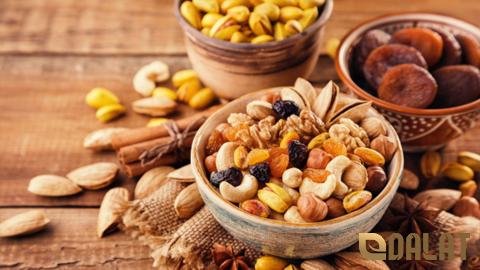 4. Peanut Brittle: Raw peanuts are often used in desserts like peanut brittle, a sweet and crunchy confection made from caramelized sugar and peanuts. 5. Salad Toppings: Raw peanuts can be roasted and added to salads for an extra crunch and nutty flavor. They pair well with leafy greens, fruits, and vinaigrettes. Safety Tips for Handling Raw Peanuts: While raw peanuts offer numerous health benefits, it’s important to handle them safely to avoid potential risks. Here are some safety tips for handling raw peanuts: 1. Allergies: Raw peanuts are a common allergen, so be cautious when serving them to individuals with peanut allergies. Always label dishes containing peanuts and be mindful of cross-contamination in the kitchen. 2. Storage: Raw peanuts should be stored in a cool, dry place to prevent spoilage and rancidity. To prolong their shelf life, consider storing them in an airtight container in the refrigerator or freezer. 3. Washing: Before using raw peanuts in recipes, it’s a good idea to rinse them under running water to remove any dirt or debris. This can help enhance their flavor and ensure they are clean for consumption. 4. Roasting: If you prefer the flavor of roasted peanuts, you can easily roast raw peanuts at home in the oven or on the stovetop. Just be sure to watch them closely to prevent burning. 5. Cooking: When using raw peanuts in recipes, make sure they are fully cooked to reduce the risk of foodborne illness.
4. Peanut Brittle: Raw peanuts are often used in desserts like peanut brittle, a sweet and crunchy confection made from caramelized sugar and peanuts. 5. Salad Toppings: Raw peanuts can be roasted and added to salads for an extra crunch and nutty flavor. They pair well with leafy greens, fruits, and vinaigrettes. Safety Tips for Handling Raw Peanuts: While raw peanuts offer numerous health benefits, it’s important to handle them safely to avoid potential risks. Here are some safety tips for handling raw peanuts: 1. Allergies: Raw peanuts are a common allergen, so be cautious when serving them to individuals with peanut allergies. Always label dishes containing peanuts and be mindful of cross-contamination in the kitchen. 2. Storage: Raw peanuts should be stored in a cool, dry place to prevent spoilage and rancidity. To prolong their shelf life, consider storing them in an airtight container in the refrigerator or freezer. 3. Washing: Before using raw peanuts in recipes, it’s a good idea to rinse them under running water to remove any dirt or debris. This can help enhance their flavor and ensure they are clean for consumption. 4. Roasting: If you prefer the flavor of roasted peanuts, you can easily roast raw peanuts at home in the oven or on the stovetop. Just be sure to watch them closely to prevent burning. 5. Cooking: When using raw peanuts in recipes, make sure they are fully cooked to reduce the risk of foodborne illness.
…
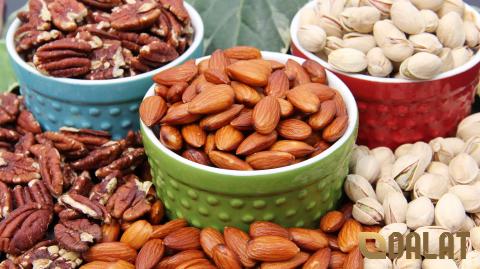 Boiling, roasting, or frying raw peanuts can help kill any harmful bacteria. In conclusion, raw peanuts are a nutritious and versatile ingredient that can be enjoyed in a variety of culinary dishes. Whether you prefer them roasted, ground into butter, or sprinkled on salads, raw peanuts offer a delicious and healthy way to incorporate plant-based protein and essential nutrients into your diet. By following safety guidelines and exploring creative ways to use raw peanuts in your cooking, you can reap the many benefits that these humble legumes have to offer. So, the next time you reach for a snack, consider grabbing a handful of raw peanuts and savoring their nutty goodness! 6. Avoiding Contaminants: When purchasing raw peanuts, opt for organic or trusted sources to minimize exposure to pesticides, chemicals, and aflatoxins. Aflatoxins are naturally occurring toxins produced by certain molds that can contaminate peanuts and pose health risks if consumed in large quantities. Proper storage and handling can also help reduce the risk of aflatoxin contamination. 7. Moderation: While raw peanuts are nutritious, they are also calorie-dense. As with any food, moderation is key to enjoying the health benefits of raw peanuts without overdoing it. Be mindful of portion sizes and incorporate raw peanuts into a balanced diet alongside a variety of other whole foods. 8. Nutritional Variations: Keep in mind that the nutritional content of raw peanuts may vary depending on factors such as variety, growing conditions, and processing methods. For example, boiled peanuts have a different texture and flavor profile compared to raw or roasted peanuts. Experiment with different forms of peanuts to discover your favorite way to enjoy them.
Boiling, roasting, or frying raw peanuts can help kill any harmful bacteria. In conclusion, raw peanuts are a nutritious and versatile ingredient that can be enjoyed in a variety of culinary dishes. Whether you prefer them roasted, ground into butter, or sprinkled on salads, raw peanuts offer a delicious and healthy way to incorporate plant-based protein and essential nutrients into your diet. By following safety guidelines and exploring creative ways to use raw peanuts in your cooking, you can reap the many benefits that these humble legumes have to offer. So, the next time you reach for a snack, consider grabbing a handful of raw peanuts and savoring their nutty goodness! 6. Avoiding Contaminants: When purchasing raw peanuts, opt for organic or trusted sources to minimize exposure to pesticides, chemicals, and aflatoxins. Aflatoxins are naturally occurring toxins produced by certain molds that can contaminate peanuts and pose health risks if consumed in large quantities. Proper storage and handling can also help reduce the risk of aflatoxin contamination. 7. Moderation: While raw peanuts are nutritious, they are also calorie-dense. As with any food, moderation is key to enjoying the health benefits of raw peanuts without overdoing it. Be mindful of portion sizes and incorporate raw peanuts into a balanced diet alongside a variety of other whole foods. 8. Nutritional Variations: Keep in mind that the nutritional content of raw peanuts may vary depending on factors such as variety, growing conditions, and processing methods. For example, boiled peanuts have a different texture and flavor profile compared to raw or roasted peanuts. Experiment with different forms of peanuts to discover your favorite way to enjoy them.
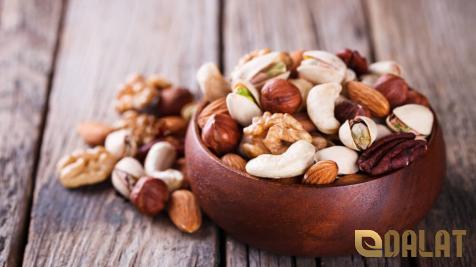

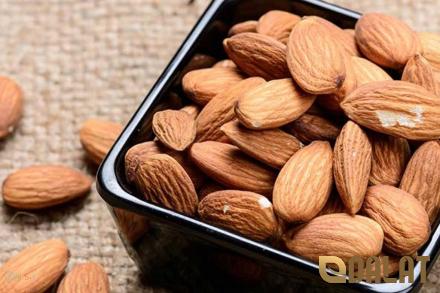
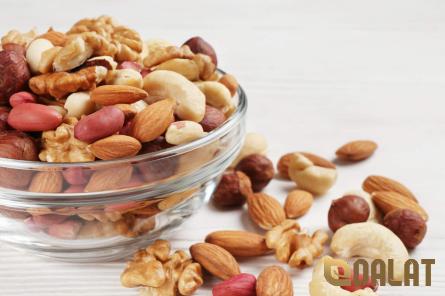

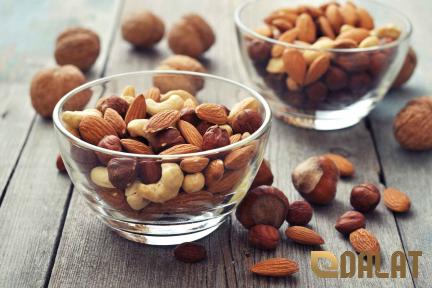
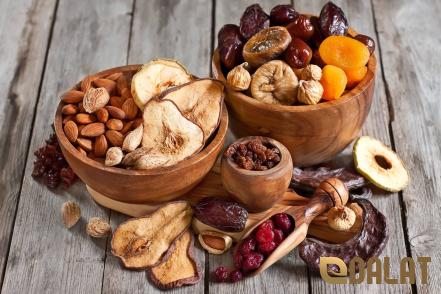
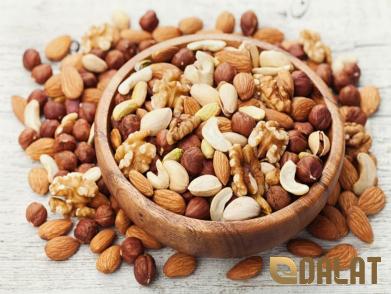
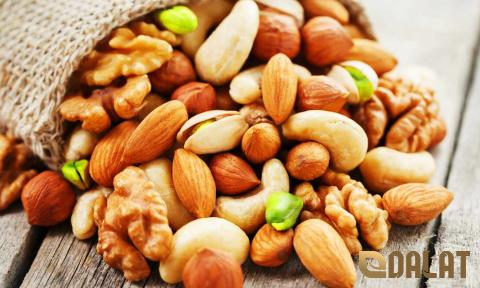
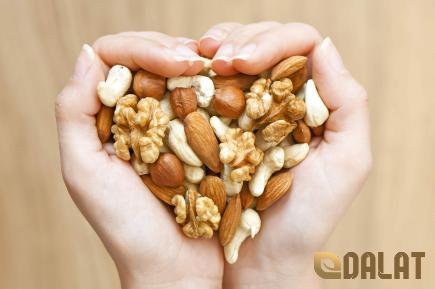
Your comment submitted.